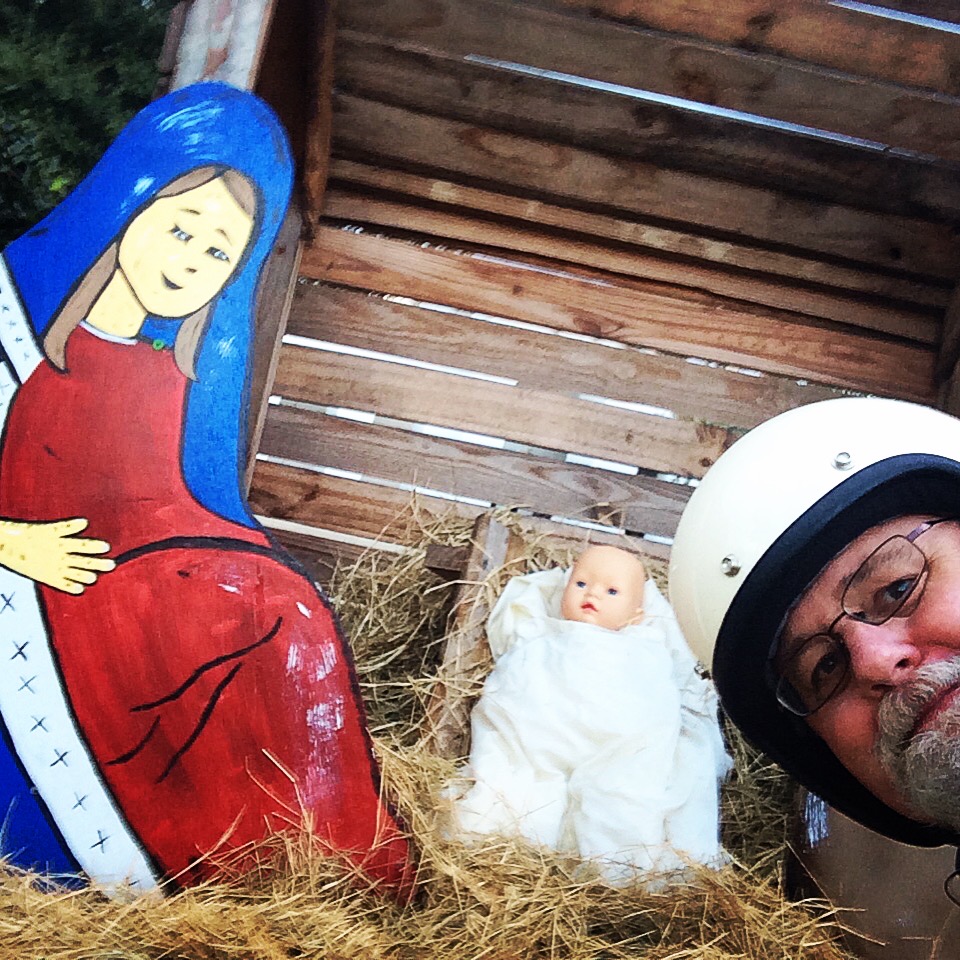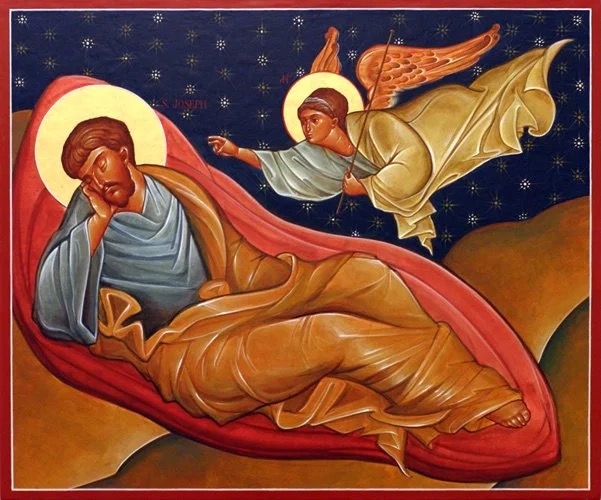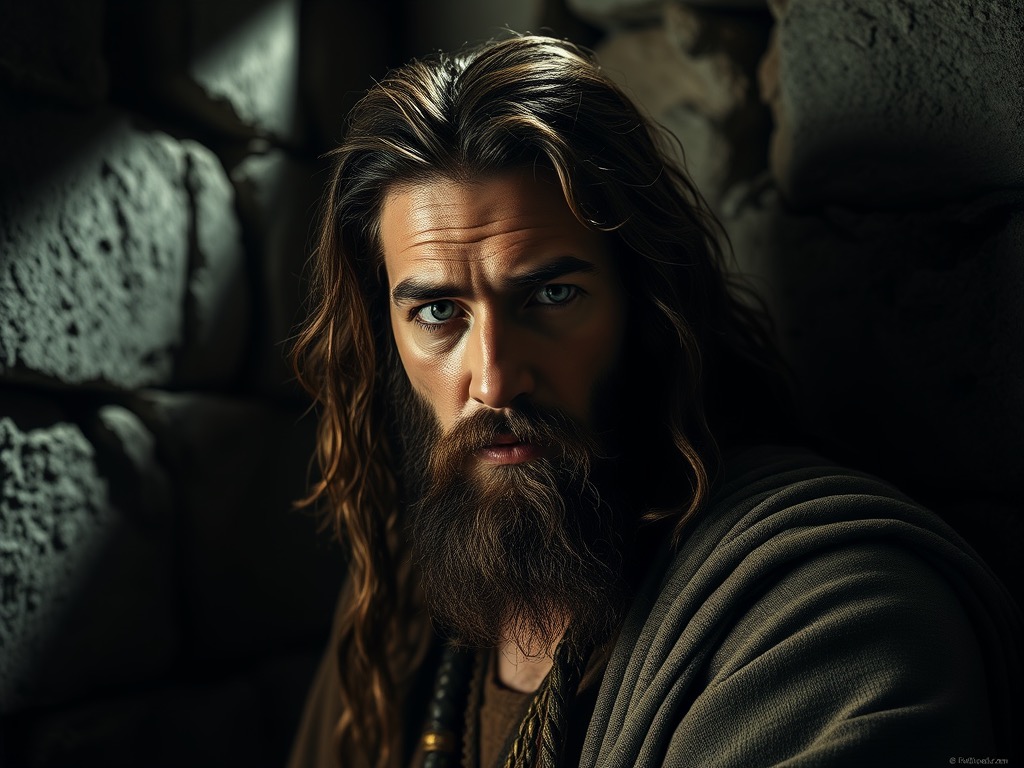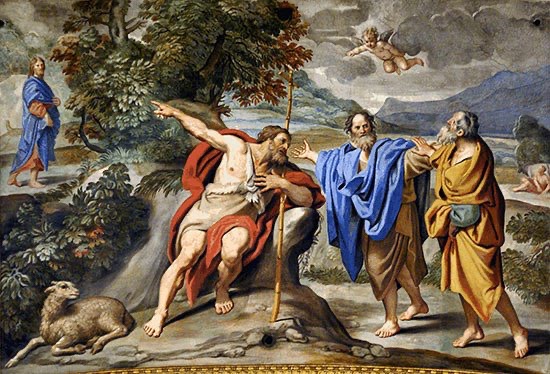
A Sermon Delivered on Christmas Eve 2025 by the Rev. Dr. Patrick H. Wrisley.
Luke 2:8–20
8 In that region there were shepherds living in the fields, keeping watch over their flock by night. 9 Then an angel of the Lord stood before them, and the glory of the Lord shone around them, and they were terrified. 10 But the angel said to them, “Do not be afraid; for see—I am bringing you good news of great joy for all the people: 11 to you is born this day in the city of David a Savior, who is the Messiah, the Lord. 12 This will be a sign for you: you will find a child wrapped in bands of cloth and lying in a manger.” 13 And suddenly there was with the angel a multitude of the heavenly host, praising God and saying,
14 “Glory to God in the highest heaven, and on earth peace among those whom he favors!”
15 When the angels had left them and gone into heaven, the shepherds said to one another, “Let us go now to Bethlehem and see this thing that has taken place, which the Lord has made known to us.” 16 So they went with haste and found Mary and Joseph, and the child lying in the manger. 17 When they saw this, they made known what had been told them about this child; 18 and all who heard it were amazed at what the shepherds told them. 19 But Mary treasured all these words and pondered them in her heart. 20 The shepherds returned, glorifying and praising God for all they had heard and seen, as it had been told them. (NRSV)
The older I become, the more I realize that Christmas is a bit like a fine wine or perhaps a well‑aged bourbon. The longer it rests, the richer and smoother it becomes. With time, flavors emerge that we would not have noticed when we were younger. So it is with Christmas. Somehow, Christmas ripens and deepens with age.
That truth came home to me again this year as I spent time unpacking my Christmas ornaments and decorations. God used those simple, familiar objects as gentle messengers, almost like angels massaging my memory and inviting me to ponder Christmases past. Each ornament became a small doorway into gratitude, reminding me how those holy moments have shaped me in ways I never could have imagined at the time.
Anyone who has ever decorated a Christmas tree knows this ritual well. Each ornament is carefully unwrapped from its tissue paper covering, held for a moment, and reflected upon before being placed on the branches. On my tree there are several tatted snowflakes Ms. Nell Lewis made for my family back in 1988 at my first church. The snowflakes look like ninja stars, and every year I flip them through the air at the tree to see where they stick to the branches. There is the well‑worn paper‑plate angel my youngest daughter, Kate, made in kindergarten, which always finds its rightful place at the top of the tree. Kelly had her favorite too: a small Swarovski crystal shaped like a Hershey’s Kiss that was a gift from the preschool class she taught at Decatur Presbyterian Church. My own favorites were the playdough angels I made and painted with each of my daughters when they were little and have been reglued many times over the last thirty years.
What many might call trinkets or tchotchkes, families know as treasures. Decorating the tree becomes an act of remembering: remembering the year an ornament was made, remembering the person who gave it, remembering the season of your life it represents. As we hold these treasures, we can’t help but look back upon all our relationships, health scares, job changes, moves, joys, and losses; we reflect on how at each turn, whether we labeled it good or difficult at the time, these events helped shape who we have become today. I cannot hold the ornaments my daughters made decades ago without pondering all that has unfolded over the years to make them the women they are today.
Beloved, this kind of pondering is exactly what we witness in our Scripture tonight. Earlier in Luke’s Gospel in chapter one, an angel appears to Mary and tells her she will bear a son who will reign on the throne of David. Now, in our story, a group of rough‑around‑the‑edges shepherds arrive from the fields, drawn by angelic song, eager to gaze upon the face of this child promised to be Messiah and Lord. As they tell their story of sudden fear at the sight of the angel, the glory they experienced and the good news that was told them, Mary quietly listens. And Luke tells us that she treasures these words and ponders them in her heart.
Mary is gathering these moments the way we gather ornaments; she holds each one as precious, each one adding depth to her understanding of who this child is. Angels. Shepherds. Strangers arriving in awe. Her understanding of God’s purpose is not fixed or finished; it is growing. It’s evolving. Over the years she will watch Jesus grow up in stature and wisdom. She will hear him teach and watch him heal and love the most vulnerable and most despised of society. And through it all, Mary ponders these things in her heart.
Luke is careful with his language here. Earlier, when Mary first hears the angel’s announcement in chapter one, Luke uses a word for pondering that suggests Mary was having this internal conversation within herself turning things over quietly in the mind. But in tonight’s passage, Luke intentionally chooses a different ancient word for the word “to ponder”. This word describes pondering as active and even strenuous endeavor. It literally means to wrestle with someone, to hold competing truths together and struggle toward understanding. Mary is no longer simply reflecting; she is grappling, wrestling with what God is revealing to her through these unfolding events.
The more Mary treasures these experiences, the deeper her wrestling becomes. God’s revelation is not static; God’s revelation is dynamic and evolves as it unfolds. And as we see, so does Mary’s faith.
Beloved, Christmas Eve is a kind of holy reset for the soul. Tonight, the world is invited to slow down, to treasure, and to ponder and truly wrestle with what God is doing through this child Jesus both in our lives and in the life of this church. Like ornaments whose meaning deepens as the years pass, our understanding of Jesus also changes, matures, and grows richer with time. Children experience Christmas differently than college students returning home on break. And those whose lives have been seasoned by decades of joy and sorrow ponder this night yet differently still. Each of us treasures Christ from exactly where we are right at this moment.
So, let me ask you: What do you treasure about Christmas? The decorations? The food? The gatherings and gifts? Or do you find yourself drifting back to an earlier time when you were wrapped in simpler wonder when the miracle of this night felt closer to the surface and real?
Has the weariness or mundanity of life dulled your sense of holy awe, turning joyful gasps into tired sighs? Or, are you still able to hear the quiet coo of the child in the manger calling you back once more to kneel, to listen, to ponder?
Tonight, God invites us to do more than remember Christmas. God invites us to wrestle with it. God invites us to carefully unwrap the gift being offered to each of us tonight. We are beckoned to treasure what has always been as well as to allow new richer meaning to be born in us again. The same power and life that entered the world in that cold manger centuries ago longs to be born in you this very night. Beloved, like Mary, let us treasure these things, ponder upon them wrestling in our hearts about this news of great joy. So let it be.
© 2025 Patrick H. Wrisley, Pastor, First Presbyterian Church of Glens Falls, 8 West Notre Dame Street, Glens Falls, New York, 12801. Sermon manuscripts are available for the edification of members and friends of First Presbyterian Church of Glens Falls and may not be altered, re-purposed, published or preached without permission. All rights reserved.




